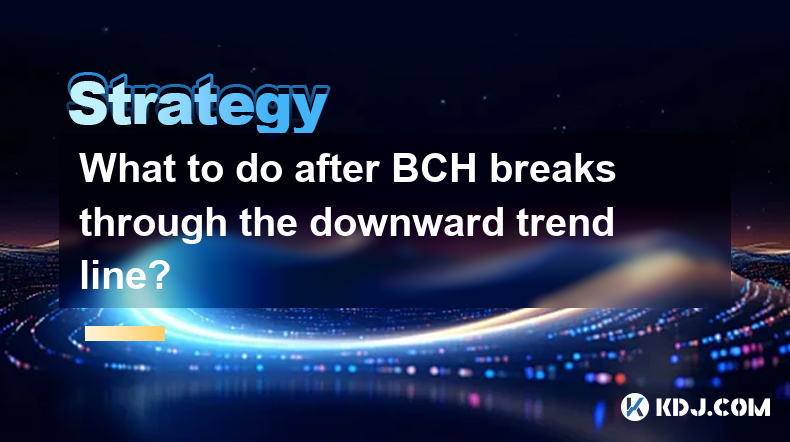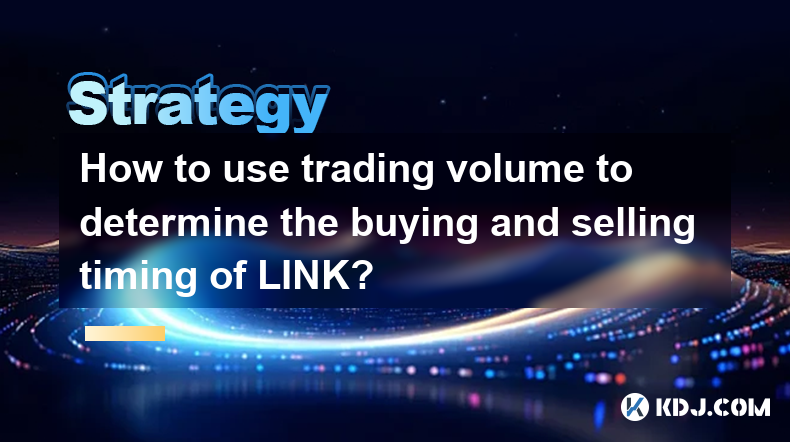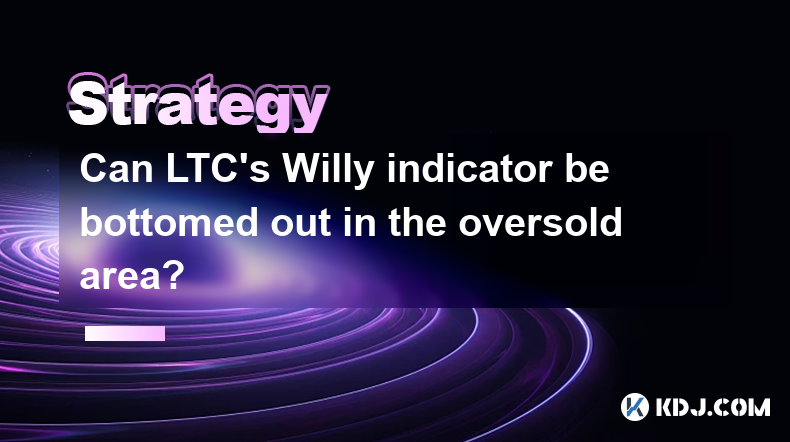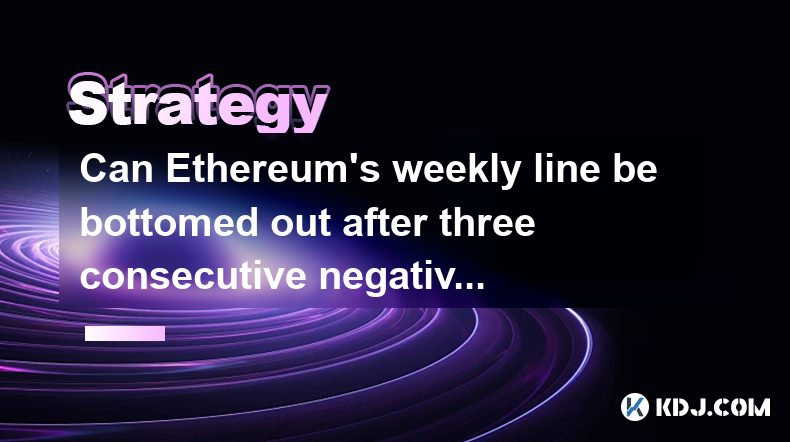-
 Bitcoin
Bitcoin $93,278.3615
-0.80% -
 Ethereum
Ethereum $1,761.8318
-2.41% -
 Tether USDt
Tether USDt $1.0003
0.01% -
 XRP
XRP $2.2074
-1.86% -
 BNB
BNB $597.2272
-1.80% -
 Solana
Solana $151.0630
-0.65% -
 USDC
USDC $0.9999
-0.01% -
 Dogecoin
Dogecoin $0.1799
-0.86% -
 Cardano
Cardano $0.7295
2.91% -
 TRON
TRON $0.2470
0.53% -
 Sui
Sui $3.3282
9.59% -
 Chainlink
Chainlink $14.9857
-0.23% -
 Avalanche
Avalanche $22.2451
-1.41% -
 Stellar
Stellar $0.2798
3.35% -
 UNUS SED LEO
UNUS SED LEO $9.2176
1.61% -
 Shiba Inu
Shiba Inu $0.0...01349
-1.55% -
 Toncoin
Toncoin $3.1532
-1.85% -
 Hedera
Hedera $0.1868
1.63% -
 Bitcoin Cash
Bitcoin Cash $351.1961
-3.44% -
 Polkadot
Polkadot $4.2166
1.81% -
 Litecoin
Litecoin $83.2906
-1.11% -
 Hyperliquid
Hyperliquid $18.2577
-1.81% -
 Dai
Dai $0.9999
0.00% -
 Bitget Token
Bitget Token $4.4390
-1.74% -
 Ethena USDe
Ethena USDe $0.9995
0.02% -
 Pi
Pi $0.6489
-1.96% -
 Monero
Monero $227.5260
-1.04% -
 Uniswap
Uniswap $5.8255
-4.19% -
 Pepe
Pepe $0.0...08668
-3.72% -
 Aptos
Aptos $5.4389
1.02%
What to do after BCH breaks through the downward trend line?
After BCH breaks a downward trend line, confirm the breakout with high volume, evaluate market context, set price targets, manage risks, and develop a trading strategy.
Apr 24, 2025 at 05:07 pm

After Bitcoin Cash (BCH) breaks through a downward trend line, it's crucial for investors and traders to understand the implications and potential next steps. Breaking through a downward trend line often signals a potential shift in market sentiment from bearish to bullish. This event can be a precursor to a significant price increase, but it's essential to analyze the situation carefully and make informed decisions. In this article, we'll explore the steps you should take after BCH breaks through a downward trend line, including technical analysis, risk management, and strategic trading.
Analyzing the Breakout
When BCH breaks through a downward trend line, the first step is to confirm the breakout. Confirming the breakout involves looking for increased trading volume and sustained price movement above the trend line. If the breakout is accompanied by high volume, it's more likely to be a genuine shift in market sentiment. You should also check if the price remains above the trend line for a significant period, such as a few hours or a day, to rule out false breakouts.
To confirm the breakout, follow these steps:
- Check the trading volume: Ensure that the volume during the breakout is significantly higher than the average volume.
- Monitor the price action: Look for the price to stay above the trend line for a sustained period.
- Use technical indicators: Indicators like the Relative Strength Index (RSI) and Moving Average Convergence Divergence (MACD) can provide additional confirmation.
Evaluating the Market Context
After confirming the breakout, it's important to evaluate the broader market context. Understanding the market context involves looking at the overall cryptocurrency market sentiment, news, and events that might impact BCH. For instance, if the entire crypto market is experiencing a bullish trend, the breakout of BCH might be part of a larger market movement. Conversely, if the market is bearish, the breakout might be short-lived.
To evaluate the market context, consider the following:
- Crypto market sentiment: Use tools like the Crypto Fear & Greed Index to gauge overall market sentiment.
- News and events: Keep an eye on news related to BCH and the broader crypto market, such as regulatory updates or technological developments.
- Correlations: Analyze how BCH is correlated with other major cryptocurrencies like Bitcoin (BTC) and Ethereum (ETH).
Setting Price Targets
Once you've confirmed the breakout and evaluated the market context, the next step is to set price targets. Setting realistic price targets involves using technical analysis to identify potential resistance levels where the price might face selling pressure. You can use tools like Fibonacci retracement levels, previous highs, and key moving averages to set these targets.
To set price targets, follow these steps:
- Identify resistance levels: Look for historical resistance levels where BCH has faced selling pressure in the past.
- Use Fibonacci retracement: Apply Fibonacci retracement levels to the recent price movement to identify potential targets.
- Consider moving averages: Key moving averages like the 50-day and 200-day moving averages can act as resistance levels.
Implementing Risk Management
Risk management is crucial after a breakout to protect your investment. Implementing effective risk management involves setting stop-loss orders and determining the appropriate position size based on your risk tolerance. A stop-loss order can help limit your losses if the breakout turns out to be a false signal.
To implement risk management, follow these steps:
- Set a stop-loss order: Place a stop-loss order below the breakout level to limit potential losses.
- Determine position size: Calculate the appropriate position size based on your risk tolerance and the distance to your stop-loss level.
- Use trailing stops: Consider using trailing stops to lock in profits as the price moves in your favor.
Developing a Trading Strategy
After setting price targets and implementing risk management, the final step is to develop a trading strategy. Developing a trading strategy involves deciding whether to enter a long position immediately after the breakout or wait for a pullback to enter at a better price. You should also consider whether to hold the position for the short term or the long term based on your investment goals.
To develop a trading strategy, consider the following:
- Entry point: Decide whether to enter a long position immediately after the breakout or wait for a pullback.
- Time horizon: Determine whether you're trading for the short term or holding for the long term.
- Exit strategy: Plan your exit strategy, including taking profits at your price targets or using trailing stops to maximize gains.
Frequently Asked Questions
Q: What should I do if the price of BCH drops back below the trend line after the breakout?
If the price of BCH drops back below the trend line after the breakout, it could indicate a false breakout. In this case, you should reassess your position and consider exiting if the price continues to decline. It's important to stick to your risk management plan and use your stop-loss order to limit potential losses.
Q: How can I differentiate between a genuine breakout and a false breakout?
A genuine breakout is typically accompanied by high trading volume and sustained price movement above the trend line. A false breakout, on the other hand, often lacks significant volume and the price quickly returns below the trend line. Using technical indicators like RSI and MACD can also help confirm the validity of a breakout.
Q: Should I use leverage when trading BCH after a breakout?
Using leverage can amplify both your potential gains and losses. It's important to use leverage cautiously and only if you fully understand the risks involved. Make sure to adjust your position size and stop-loss levels accordingly to manage the increased risk.
Q: How important is it to monitor the broader cryptocurrency market after a BCH breakout?
Monitoring the broader cryptocurrency market is crucial after a BCH breakout. The overall market sentiment and movements of other major cryptocurrencies can significantly impact BCH's price. Keeping an eye on market trends and news can help you make more informed trading decisions.
Disclaimer:info@kdj.com
The information provided is not trading advice. kdj.com does not assume any responsibility for any investments made based on the information provided in this article. Cryptocurrencies are highly volatile and it is highly recommended that you invest with caution after thorough research!
If you believe that the content used on this website infringes your copyright, please contact us immediately (info@kdj.com) and we will delete it promptly.
- CME Is Launching Futures Trading on XRP
- 2025-04-25 02:30:12
- New AI Agents Are Capturing Investor Attention as AI Takes Center Stage
- 2025-04-25 02:30:12
- Web3 Crypto Game Off the Grid Sees a Flurry of Activity and Updates
- 2025-04-25 02:25:12
- IOTA's upcoming Rebased upgrade could be its most ambitious yet
- 2025-04-25 02:25:12
- Tether Investments — the investment arm of leading stablecoin issuer Tether — acquired additional shares in Juventus Football Club.
- 2025-04-25 02:20:12
- CME Group to Launch Regulated XRP Futures Contracts on May 19
- 2025-04-25 02:20:12
Related knowledge

Is the increase in LINK's net outflow from exchanges a positive signal?
Apr 24,2025 at 02:35pm
The recent increase in LINK's net outflow from exchanges has sparked discussions within the cryptocurrency community about its implications for the token's future performance. LINK, the native token of the Chainlink decentralized oracle network, has seen a notable shift in its net outflow from exchanges, which many interpret as a positive signal. This a...

Is LTC's UTXO age distribution useful for judging buying and selling points?
Apr 23,2025 at 05:42pm
Is LTC's UTXO age distribution useful for judging buying and selling points? Understanding the UTXO (Unspent Transaction Output) age distribution of Litecoin (LTC) can provide valuable insights into the behavior of its holders and potentially help in making informed decisions about buying and selling points. The UTXO age distribution refers to the age o...

How to use trading volume to determine the buying and selling timing of LINK?
Apr 25,2025 at 02:07am
How to Use Trading Volume to Determine the Buying and Selling Timing of LINK? Trading volume is a crucial metric in the cryptocurrency market that can provide valuable insights into the buying and selling behavior of traders. When it comes to Chainlink (LINK), understanding how to analyze trading volume can help you make more informed decisions about wh...

Can LTC's Willy indicator be bottomed out in the oversold area?
Apr 24,2025 at 01:43pm
Understanding the Willy IndicatorThe Willy indicator, also known as the Willy ratio, is a technical analysis tool used in the cryptocurrency market to gauge the sentiment of a particular asset, in this case, Litecoin (LTC). It is calculated by dividing the total trading volume of an asset by its market capitalization. The resulting ratio helps traders u...

Can Ethereum's weekly line be bottomed out after three consecutive negatives?
Apr 24,2025 at 10:56am
In the dynamic world of cryptocurrencies, understanding market trends and patterns is crucial for investors and traders alike. One of the significant aspects of technical analysis in this field is the examination of weekly line charts, particularly for major cryptocurrencies like Ethereum. The question of whether Ethereum's weekly line can be bottomed o...

Where can I find the current average holding cost of XRP in the market?
Apr 22,2025 at 11:00pm
Where can I find the current average holding cost of XRP in the market? Finding the current average holding cost of XRP in the market can be a challenging task, as this information is not readily available on most mainstream cryptocurrency platforms. However, there are several methods and resources that you can use to estimate this figure. In this artic...

Is the increase in LINK's net outflow from exchanges a positive signal?
Apr 24,2025 at 02:35pm
The recent increase in LINK's net outflow from exchanges has sparked discussions within the cryptocurrency community about its implications for the token's future performance. LINK, the native token of the Chainlink decentralized oracle network, has seen a notable shift in its net outflow from exchanges, which many interpret as a positive signal. This a...

Is LTC's UTXO age distribution useful for judging buying and selling points?
Apr 23,2025 at 05:42pm
Is LTC's UTXO age distribution useful for judging buying and selling points? Understanding the UTXO (Unspent Transaction Output) age distribution of Litecoin (LTC) can provide valuable insights into the behavior of its holders and potentially help in making informed decisions about buying and selling points. The UTXO age distribution refers to the age o...

How to use trading volume to determine the buying and selling timing of LINK?
Apr 25,2025 at 02:07am
How to Use Trading Volume to Determine the Buying and Selling Timing of LINK? Trading volume is a crucial metric in the cryptocurrency market that can provide valuable insights into the buying and selling behavior of traders. When it comes to Chainlink (LINK), understanding how to analyze trading volume can help you make more informed decisions about wh...

Can LTC's Willy indicator be bottomed out in the oversold area?
Apr 24,2025 at 01:43pm
Understanding the Willy IndicatorThe Willy indicator, also known as the Willy ratio, is a technical analysis tool used in the cryptocurrency market to gauge the sentiment of a particular asset, in this case, Litecoin (LTC). It is calculated by dividing the total trading volume of an asset by its market capitalization. The resulting ratio helps traders u...

Can Ethereum's weekly line be bottomed out after three consecutive negatives?
Apr 24,2025 at 10:56am
In the dynamic world of cryptocurrencies, understanding market trends and patterns is crucial for investors and traders alike. One of the significant aspects of technical analysis in this field is the examination of weekly line charts, particularly for major cryptocurrencies like Ethereum. The question of whether Ethereum's weekly line can be bottomed o...

Where can I find the current average holding cost of XRP in the market?
Apr 22,2025 at 11:00pm
Where can I find the current average holding cost of XRP in the market? Finding the current average holding cost of XRP in the market can be a challenging task, as this information is not readily available on most mainstream cryptocurrency platforms. However, there are several methods and resources that you can use to estimate this figure. In this artic...
See all articles























































































